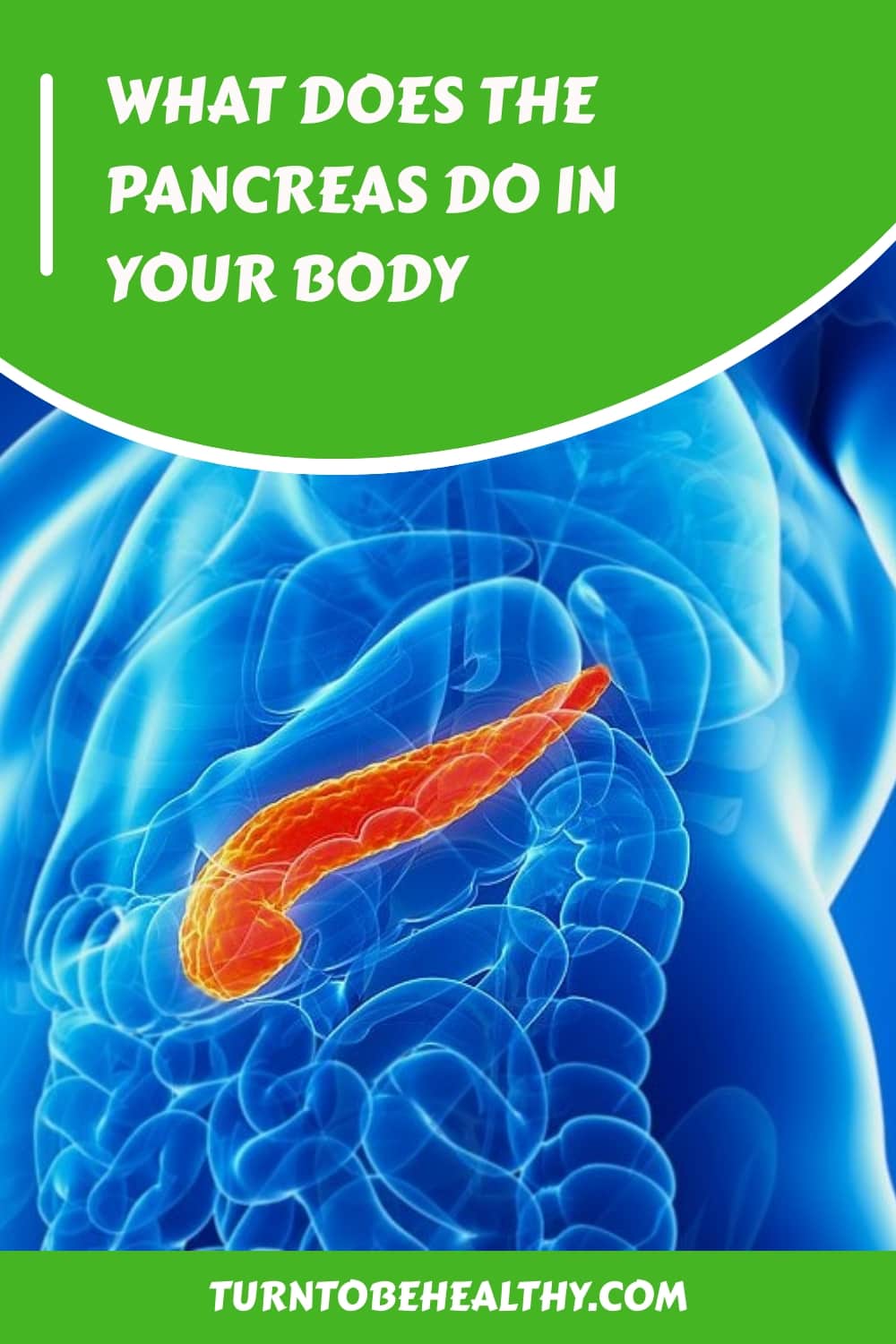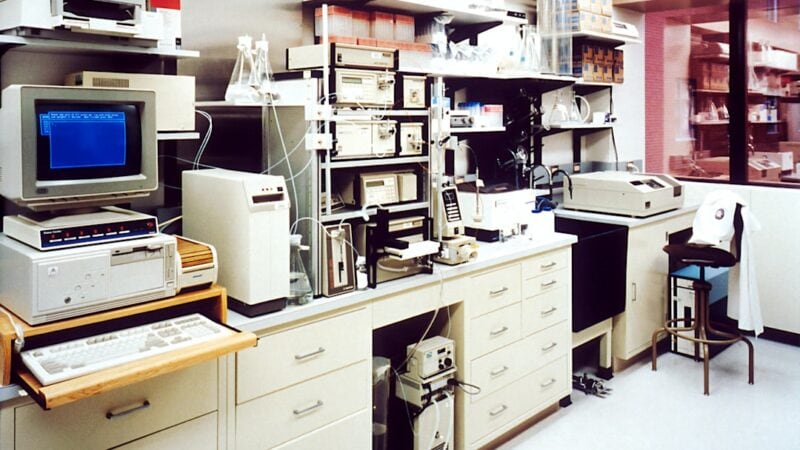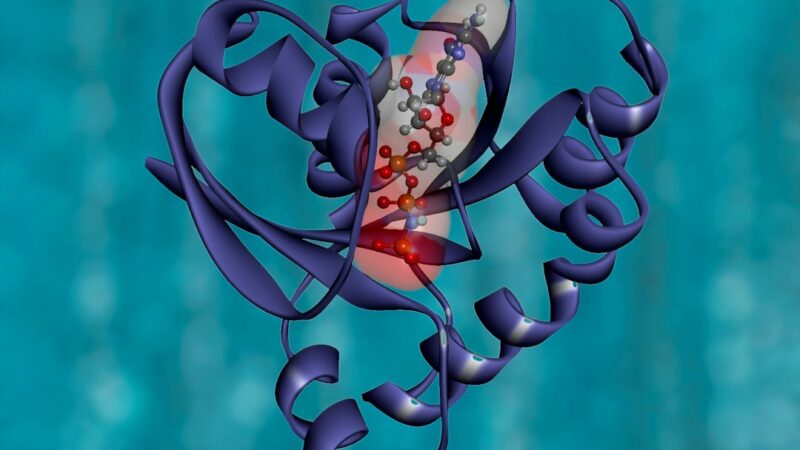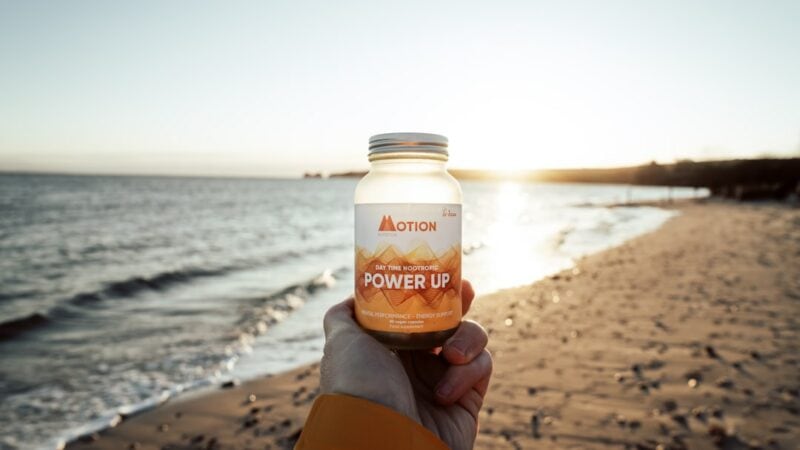What Does The Pancreas Do In Your Body
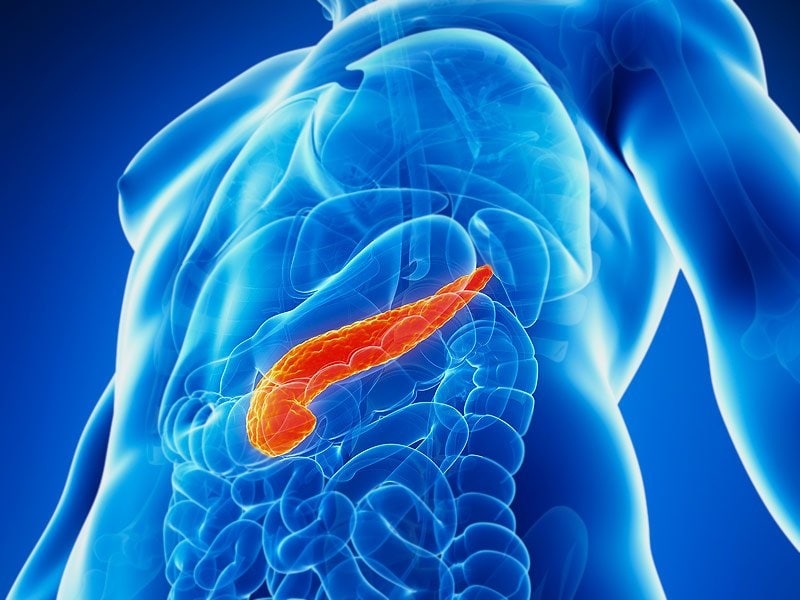
It is a small gland located in the abdomen slightly below the breast and very close to the stomach. The question is, what does the pancreas do in your body? The pancreas is one of the organs playing a significant role in the digestive system. It produces enzymes and hormones that help break down the food we eat. One of the best-known hormones produced is insulin.
Table of Contents
Production of enzymes
The pancreas produces more enzymes that continue breaking down food, which begins in the stomach. The pancreas also produces hormones; the most recognized is insulin, which controls all glucose balance between the blood and the body. The body can use sugars and store fats, which are essential for health.
Digestion
The stomach empties partially digested food and fluids into the duodenum, and this is where it mixes with the pancreas’ secretions. All sounds pretty technical, but I want to emphasize that this is why we must chew. Chewing our food well and not eat right before bed puts more strain on your pancreas.
The pancreas is a surprisingly efficient self-regulating organ, far smarter than any computer ever invented. Day after day throughout life, a healthy pancreas produces precisely the right chemicals at the right time and in the right amounts to digest the food we eat. Isn’t this the most fantastic thing? We eat our food, and my intention for you is that it is a healthy food, and this little powerhouse takes care of digesting it in the right way for us.
What Does The Pancreas Do In Your Body?
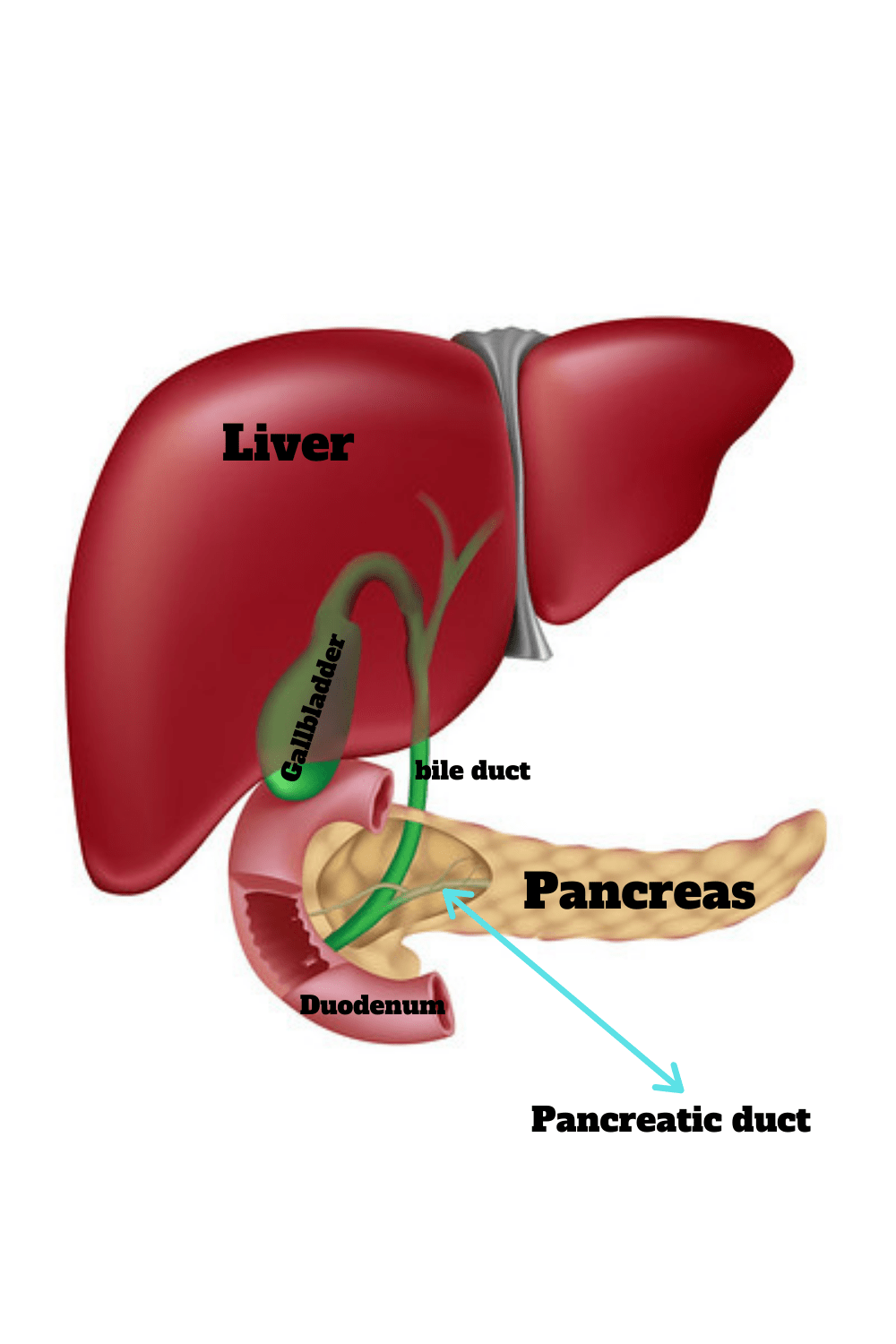
The pancreas is an excellent worker with various tasks and duties. It is together an endocrine and an exocrine gland, which is the key to our pancreas. Endocrine means that the pancreas makes special blood messengers, hormones that penetrate the blood system. Among many of them is known insulin.
Exocrine function means that the pancreas produces digestive enzymes released through the particular system of tubes, valves, and chambers in the small intestine. Digestion usually occurs in the small intestine. Thanks to digestive system pancreatic enzymes, everything we eat, such as proteins, fats, and carbohydrates, is broken down into small particles. It then passed through the intestinal wall and transferred into the blood so that our body can use it as cellular energy and build our cells.
Therefore, the pancreas is the core of proper digestion.
The person can eat healthy, organic, and fantastic food, but if the pancreas produces low quality and little amount of digestive enzymes, there will be hunger among the abundance of food.
The intestinal microorganisms ferment undigested food. The production of many gases and toxic and irritating substances is associated with this fermentation. Almost everyone experiences digestive system symptoms such as bloating, gas, abdominal cramps, bloating, heartburn, diarrhea, or constipation. It is about removing the body to eliminate gases and toxic and corroded materials through the mouth or the anus.
Suppose you are interested in knowing what does the pancreas do in your body. In that case, you need to imagine a person who is forced to work very hard, especially over time, under stress, without having enough nutritious food?
This man will naturally be exhausted, exhausted, sick, and unable to work or live long. The same thing happens to our pancreas.
- Today, people often eat “dead” processed foods without living natural enzymes. The absence of living enzymes in food forces the pancreas to work hard and produces more of its digestive enzymes to digest it properly.
- Today, most people are sour; it is deficient in bicarbonate, potassium, magnesium, zinc, cobalt, and other minerals and has a low intake of vitamins. The pancreas cannot function well without these critical nutrients.
- Daily stress is detrimental to our pancreas by cruelly altering the hormonal and neuronal system.
- Today, people eat strange food combinations. Therefore, food is complicated to digest, and consequently, the pancreas works excessively to overcome those complications.
If the pancreas, the primary digestive system, is sick, it is no wonder that so many modern men suffer from indigestion.
You can often hear, “The doctor told me my lab tests are normal, and my pancreas is fine.” Today, I’m sorry to say that there are no useful and straightforward daily tests to check the pancreas’ lower function in the initial stages. Therefore, attention and more focus should be on the symptoms of indigestion.
Gastrointestinal
Millions of Americans suffer from functional disorders of the gastrointestinal tract, which can sometimes be:
- Functional dyspepsia
- Irritable bowel syndrome (IBS)
- Gastroesophageal reflux disease (GERD)
- Biliary dyskinesia
- Constipation, etc.
Doctors call them functional disorders, which means that there is no damage to the digestive tract, but the digestive function is impaired. In almost all of these disorders, decreasing the pancreatic function can be high or less.
Thanks to nature, the human pancreas has 90% capacity. It means that severe and life-threatening symptoms can appear if only less than 10% of pancreatic function remains. The pancreas rarely loses 90% of its role at night. Mostly from the first pancreatitis attack to the final stage of chronic pancreatitis, the period is 8-15 years. It is time to act.
How does the pancreas work?
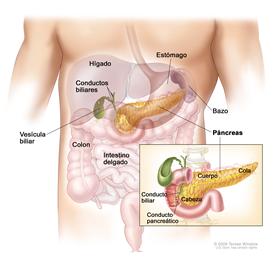
The pancreas begins its major work by secreting clear, watery, alkaline juice from its exocrine tissue that contains enzymes that aid break down food into small molecules suitable to be absorbed by the intestine.
Pancreatic hormone
Several cells collect hormones in your pancreas. Unlike catalysts administered in your stomach-related framework, hormones administered in your blood, and messages transmitted to different parts of your stomach related framework. Pancreatic hormones include:
Insulin. A hormone produced in cells of the pancreas, known as beta cells. Beta cells make up about 75% of the pancreatic hormone cells. Without enough insulin, your sugar levels rise, and you develop diabetes.
Glucagon. Cells of alpha make up about 20% of the cells in your pancreas that produce hormones. They produce glucagon. The chance that your glucose will become excessively low helps glucagon to increase it by making an impression on your liver to deliver away sugar.
Gastrin and amylin. Mainly produced in the G cells in your stomach, but some produced in the pancreas. It strengthens your stomach to make stomach biting. Amylin beta cells and helps control hunger and stomach purification.
The pancreas is a wonderfully self-functional organ.
Like any of our organs, it can malfunction. If it does not produce enough digestive enzymes and food is poorly absorbed, it can result in weight loss or diarrhea. The highest risk would be for diabetes if too little insulin produced, resulting in diabetes. It raises the glucose level in the blood and increases the risk of several problems throughout the body. Once again, I want to emphasize that healthy eating is the most crucial key to a healthy body.
Pancreatitis is a disease of the pancreas, which is inflammation of the pancreas. A pancreatitis disease causes blockage of a gallstone in one of the ducts of the pancreas. Again, all this can be avoided with diet and, in general, taking care of our body. Smoking and drinking can aggravate the pancreas and cause this disease, and this disease is more prevalent in men than in women.
“Where’s my pancreas?” Not many people put their fingers in the right place.
How important is this gland to humans? In answering this question, one focuses only on diabetes or cancer with a very vague idea about the link between the pancreas and digestion.
Typical problems with the pancreas and assimilation
Diabetes, pancreatitis, and pancreatic disease are three fundamental problems that affect the pancreas. Here’s how they can affect processing:
Diabetes. If your beta cells in the pancreas do not produce enough insulin, or your body cannot use the insulin that your pancreas produces, you can create diabetes. Diabetes can cause gastroparesis, a decrease in the engine capacity of the stomach related framework. Diabetes also affects what happens after assimilation. In case you need more insulin and eat dinner with a lot of starch, your sugar can rise and cause side effects such as cravings and weight loss. In the long run, it can cause heart and kidney infections under various problems.
Pancreatitis. When the pancreas can arouse, pancreatitis occurs. It is often extremely difficult. In pancreatitis, the stomach-related proteins in your pancreas can invade your pancreas and cause severe stomach pain. The fundamental driver of intense pancreatitis is nerve stones that obstruct the typical bile duct. It is known as constant pancreatitis. Pancreatitis affects the processing as catalysts are not accessible. It causes loose bowels, weight loss, and lack of healthy nutrition. About 90% of the pancreas should stop causing these side effects.
Cancer of the pancreas. About 95% of the pancreatic tumors start in the cells that make up proteins for uptake. Insufficient pancreatic connections for typical processing are regular in the pancreas. Side effects can include weight loss, hunger loss, heartburn, and fatty stools.
It shows that the pancreas, compared to the heart, liver, kidneys, lungs, and colon, is a kind of forgotten organ. We can hear a lot about kidney, liver, and heart transplants, but almost nothing about the pancreas. The pancreas of the pancreas has essential functions, so we cannot naturally live without our pancreas.
What is the drug-free, knife-free approach to improving pancreatic function?
To understand that, let’s see what the components of pancreatic juice are. The main element is water, including minerals, trace elements, bicarbonate, and proteins, mainly enzymes. Without gasoline, the car does not work, so we need a sufficient supply of these ingredients for the pancreas’ proper functioning.
The most suitable for this is to drink healing mineral water composed of minerals, trace elements, and bicarbonate. Europe is using Karlovy Vary Healing Mineral Water for digestive disorders for 500 years. According to European doctors’ experience and research, water increases the quantity and improves pancreatic juice quality, making the environment alkaline in the small intestine. Pancreatic digestive enzymes are known to work only in an alkaline environment. Millions of people have improved their health by drinking mineral water from the Karlovy Vary spring.
Czech doctors firmly believed that the healing power of this water depends on its unique mineral content. Karlovy Vary spring water began to be vaporized in 1764 to produce salt, so people who cannot travel to Karlovy Vary can make healing mineral water at home.
Mineral water made with genuine Karlovy Vary spring salt is beneficial for two major interrelated pancreatic problems: diabetes and chronic pancreatitis (long-lasting inflammation and damage of the pancreas).
Approximately 87,000 new pancreatitis cases occur annually in the United States, with about 900,000 outpatient care visits due to this condition. It is just the tip of the iceberg because countless forms of mild pancreatitis go undetected.
Typically, attention to the pancreas begins when it is too late. At that time, a thousand highly trained and equipped specialists are trying to help people with end-stage chronic pancreatitis. Still, it isn’t straightforward to do anything if only 10% of pancreatic function remains.
Natural Therapy for Pancreas Diseases
The pancreas is an elongated, tapered gland found in the back of the abdominal cavity behind the stomach at the duodenum’s loop, where the small intestine begins. The pancreas has several functions to perform in the body. Two of these crucial tasks are one; it secretes digestive enzymes into the duodenum that help to break down food into small digestible particles that the body can absorb. Two, it releases hormones, like insulin, into the bloodstream.
A short course in the anatomy of the pancreas may be helpful. The pancreas has cells that release digestive enzymes. These enzymes flow into a series of ducts. One particular duct is called the pancreatic duct. This duct has an important function: it connects with the common bile duct in Vater’s ampulla. Oddi’s sphincter is the muscular valve between Vater’s ampulla and the duodenum, where the small intestine begins. The sphincter of Oddi has a binary purpose. One, it regulates the flow of bile and pancreatic juice through the ampulla of Vater into the duodenum. Two, it prevents the entry of duodenal contents back into the ampulla of Vater.
Each part of the anatomy mentioned above has a particular function or functions. Oddi’s sphincter controls bile and pancreatic juice movement into the small intestine that helps the body digest food. But it also acts as a gate and closes so that no toxins from the duodenum can re-enter the pancreas and come back upstream.
The pancreas also works with baking soda. You guessed it. It also has a binary function. The pancreas secretes large amounts of sodium bicarbonate, which protects the duodenum by neutralizing acid from the stomach. Two, the secreted sodium bicarbonate creates an alkaline environment for the proper functioning of digestive enzymes and Oddi’s sphincter’s normal functioning.
The conclusion is that all of these parts must function appropriately for the pancreas to do its job. If the pancreas is not healthy, a large number of pancreatic diseases or diseases can materialize. The critical reasons for pancreatic illnesses like pancreatitis are the results of having a problem liver or gallbladder.
Many scientists believe that sphincter of Oddi (SOD) dysfunction is the result of pancreatic diseases. If Oddi’s sphincter is not working correctly, there may be congestion and inflammation of the pancreatic gland. Oddi’s sphincter is a valve that allows bile and pancreatic juices to advance so that the digestive process. If there are difficulties with the secretion or elimination of bile, the pancreatic duct recedes, like the kitchen sink’s pipe. The pancreatic digestive enzymes, which are now clogged, begin to digest their pancreatic cells. This self-destruction can lead to congestion, inflammation, pain, cysts, and, ultimately, tissue death in the pancreas.
Pancreatitis and SOD are diseases of the pancreas and conditions that can result from a diseased pancreas. Millions of people are suffering from moderate to severe symptoms due to pancreatic diseases.
Conclusion
1. In all digestive disorders, the pancreatic function is decreased. Hidden deficiency of pancreatic function, poor quality and low quantity of pancreatic enzymes lead to a host of indigestion symptoms such as nausea, belching, heartburn, abdominal cramps and pain, gas, bloating, diarrhea, constipation, etc.
2. Pancreatic disorders with low pancreatic function are common. Some experts found that 13% of people, who died for various reasons, had pancreatic disease and did not know it
3. The earlier treatment for pancreatic disorders is started, and achieving better results is possible.
4. Non-drug and non-surgical healing methods can improve the quality of life and postpone exacerbation of pancreatic (digestive) disorders. Combining the healing methods with many conventional treatments is possible.
5. Alternative medicine can offer various scientific, time-tested, and evidence-based healing methods, such as
• Healing diet
• Drink healing mineral water
• Acupuncture
• Herbs
• Chiropractic manipulations and abdominal massage
• Nutritional supplements
• Medical hypnosis, etc.
The problem is finding a licensed specialist or a knowledgeable team of specialists. The intention is to substitute the diagnosis, treatment, and advice of a professional auto.

